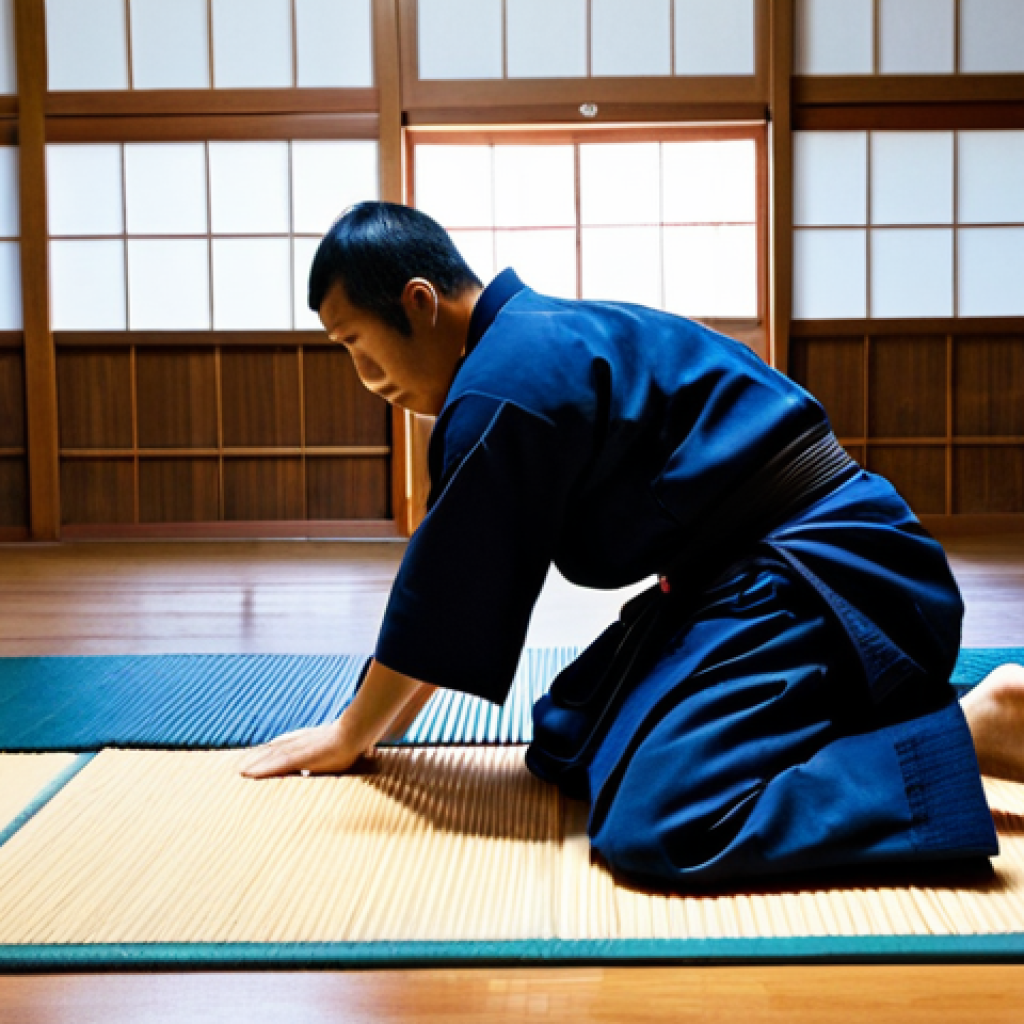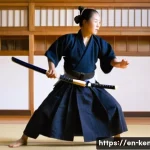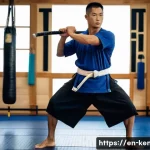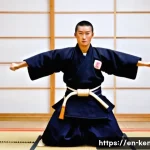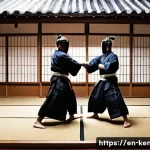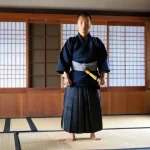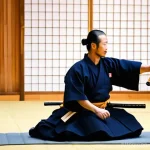Alright, let’s talk kendo gear! As someone who’s spent years on the dojo floor, I know how quickly the costs can add up, from bogu to shinai. Finding a good deal on quality equipment is a victory in itself!
Especially now, with supply chain issues and inflation impacting everything, it pays to be a savvy shopper. The online marketplace is constantly changing, with new sales popping up all the time, but also some that are not worthwhile.
Let’s cut through the noise and find out where the real savings are. Let’s take a closer look in the article below!
## Navigating the Kendo Gear Market: Smart Buying StrategiesDiving into the kendo world is exciting, but equipping yourself can be daunting. It’s not just about finding the cheapest options; it’s about striking the right balance between quality, protection, and price.
Over the years, I’ve learned a few tricks for spotting deals and making smart choices that save money in the long run.
Finding Reputable Online Vendors and Sales
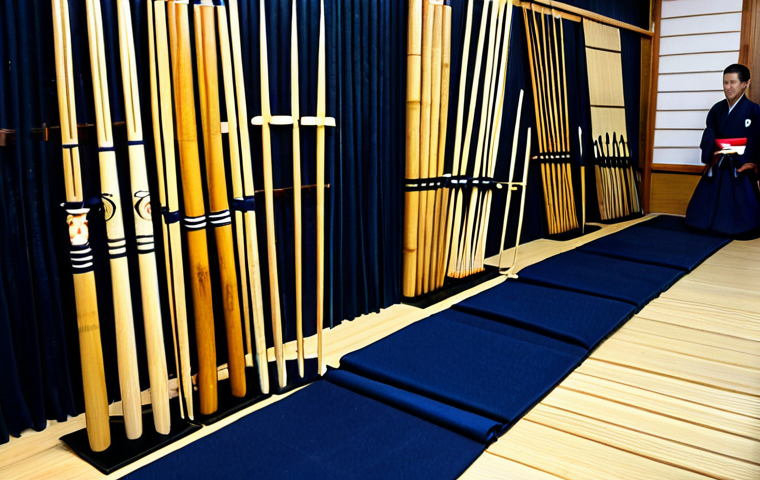
Dive into Forums and Communities
Online forums and kendo communities are goldmines for finding information on reliable vendors and ongoing sales. Experienced practitioners often share their experiences, recommending trusted shops and warning against potential scams or overpriced gear.
Engage in discussions, ask for recommendations, and take note of the vendors that consistently receive positive feedback.
Subscribe to Newsletters and Follow Social Media
Most reputable kendo equipment vendors have email newsletters and active social media presence. Subscribe to these to receive updates on sales, promotions, and new product releases.
Many companies also offer exclusive discounts to their subscribers or social media followers, giving you a head start on securing the best deals.
Check Out Classified Ads
Websites and forums dedicated to kendo often have classified ad sections where practitioners can buy and sell used gear. This can be a great way to find quality equipment at significantly reduced prices.
Before purchasing, ask questions about the gear’s condition and history, and if possible, inspect it in person to ensure it meets your needs.
Exploring Discounted Kendo Gear Options
Finding discounts on kendo gear can feel like discovering hidden treasure! But remember, cheaper isn’t always better. It’s crucial to know what to look for to ensure you’re getting a good deal on something that will protect you and last.
End-of-Season Closeouts
Timing is Key
Many kendo equipment retailers run sales to clear out old stock and make room for new inventory. These end-of-season closeouts can offer significant discounts on high-quality items.
Keep an eye out for these sales, especially around the end of the year or before major holidays.
Check Return Policies
Before buying anything on clearance, make sure to check the retailer’s return policy. Since these items are often heavily discounted, they may be final sale or have limited return options.
If possible, try on the gear or inspect it carefully before purchasing to ensure it fits properly and meets your needs.
Scratch and Dent Sales
Look Carefully
Some retailers offer discounts on items with minor cosmetic defects, such as scratches or dents. These imperfections typically don’t affect the functionality of the gear, but they can significantly reduce the price.
Inspect the items carefully to assess the extent of the damage and ensure it’s something you can live with.
Haggle If You Can
Don’t be afraid to haggle with the retailer, especially if you’re buying multiple items or if the damage is more severe than initially described. You may be able to negotiate an even lower price.
Understanding Kendo Equipment Pricing: What to Expect
Navigating the price range of kendo gear can be tricky, especially when you’re starting out. The prices can vary a lot based on where you buy it, the materials used, and the brand name.
It’s important to understand what you’re paying for so you can make a smart choice.
Bogu Set Price Ranges
Entry-Level Sets
If you’re just starting out, an entry-level bogu set can cost anywhere from $400 to $800. These sets are usually made with synthetic materials and offer basic protection.
Mid-Range Sets
As you progress, you might want to upgrade to a mid-range bogu set, which can cost between $800 and $1500. These sets often feature higher-quality materials and better craftsmanship, offering improved protection and comfort.
High-End Sets
For experienced practitioners, a high-end bogu set can cost upwards of $1500 or more. These sets are typically custom-made with premium materials and meticulous attention to detail.
Shinai Pricing
Bamboo vs. Synthetic
Shinai, or bamboo swords, are a consumable item in kendo, so you’ll need to replace them periodically. Bamboo shinai typically cost between $30 and $60, while synthetic shinai can range from $50 to $100.
Quality and Durability
The price of a shinai can also depend on the quality of the bamboo and the craftsmanship. Higher-quality shinai tend to be more durable and offer better balance and feel.
Maintenance and Longevity: Extending the Life of Your Gear
Taking good care of your kendo gear is important for both your safety and your wallet. Proper maintenance can significantly extend the life of your equipment, saving you money in the long run.
Here are some tips for keeping your gear in top condition:
Bogu Care
Ventilation and Drying
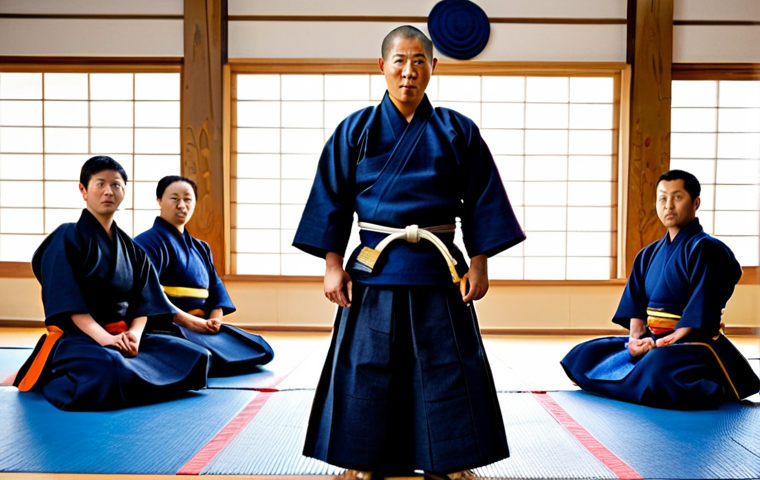
After each practice, make sure to air out your bogu thoroughly. Remove the men (helmet), kote (gloves), do (chest protector), and tare (waist protector) and let them dry in a well-ventilated area.
This will help prevent the growth of bacteria and mold, which can damage the materials and cause unpleasant odors.
Regular Cleaning
Wipe down your bogu with a damp cloth after each use to remove sweat and dirt. For stubborn stains, you can use a mild soap and water solution. Avoid using harsh chemicals or abrasive cleaners, as these can damage the delicate materials.
Shinai Care
Regular Inspection
Inspect your shinai regularly for cracks, splinters, or other damage. If you find any defects, replace the shinai immediately to prevent injuries.
Proper Storage
Store your shinai in a cool, dry place away from direct sunlight. This will help prevent the bamboo from drying out and cracking. Here’s a table summarizing approximate pricing for kendo gear:
| Gear Type | Entry-Level Price | Mid-Range Price | High-End Price |
|---|---|---|---|
| Bogu Set | $400 – $800 | $800 – $1500 | $1500+ |
| Shinai (Bamboo) | $30 – $60 | $60 – $100 | N/A |
| Kendo Gi | $50 – $100 | $100 – $200 | $200+ |
| Hakama | $60 – $120 | $120 – $250 | $250+ |
Community and Second-Hand Markets: Affordable Alternatives
Don’t underestimate the power of local kendo communities and the second-hand market! These can be incredible resources for finding affordable gear and connecting with other practitioners.
Local Kendo Clubs
Advice and Networking
Your local kendo club is a great place to find out about sales or local deals. Fellow members might have gear they’re willing to sell at a discount, or they can point you toward reputable vendors.
Group Discounts
Some kendo clubs organize group purchases to get discounts from equipment suppliers. Ask your instructor or other members if they know of any upcoming group buys.
Online Marketplaces
A Wide Selection
Websites like eBay and Craigslist can be excellent sources for finding used kendo gear at reduced prices. However, it’s essential to exercise caution when buying from unknown sellers.
Inspect Before Buying
If possible, arrange to meet the seller in person to inspect the gear before making a purchase. Ask questions about its condition and history, and be wary of deals that seem too good to be true.
Investing in Quality over Quantity: Long-Term Cost Savings
While it’s tempting to go for the cheapest options when you’re on a budget, investing in quality gear can actually save you money in the long run. Cheaper gear is more likely to break down quickly, requiring frequent replacements.
Higher-quality gear, on the other hand, is built to last and can withstand the rigors of regular practice.
Durable Materials
Look for Quality
When choosing kendo gear, look for items made from durable materials that can withstand wear and tear. For example, a bogu set made with high-quality synthetic leather or reinforced stitching will last longer than a cheaper set made with flimsy materials.
Proper Fit
Ensure your gear fits properly to prevent unnecessary stress and damage. Gear that is too tight or too loose can wear out more quickly.
Think of the Future
Safety First
When you are comfortable and safe, you perform better. When you perform better, you learn faster and the more advanced gear becomes a better option. Think long term when you make your purchases.
Navigating the world of kendo gear doesn’t have to break the bank. With a bit of research, patience, and savvy shopping, you can equip yourself with quality gear that will protect you and enhance your kendo experience.
Wrapping Up
So, there you have it! A beginner’s guide to navigating the kendo gear market. Remember, it’s all about finding the sweet spot between cost, quality, and personal needs. Don’t rush the process; take your time, do your research, and ask for advice from experienced practitioners. Your journey in kendo is just beginning, and having the right gear will make all the difference.
Personally, I’ve found that investing a little more upfront in a good bogu set has saved me money and discomfort in the long run. It’s like that old saying, “Buy nice, or buy twice!” Happy kendo-ing!
Handy Tips to Know
1. Always try on gear before you buy, if possible. Fit is crucial for both comfort and safety.
2. Don’t be afraid to ask questions! Kendo equipment vendors are usually knowledgeable and happy to help you find the right gear.
3. Join a local kendo club or community. They can offer valuable advice, resources, and support.
4. Consider buying used gear from reputable sources. It’s a great way to save money without sacrificing quality.
5. Take care of your gear! Proper maintenance will extend its life and save you money in the long run.
Key Takeaways
When buying kendo gear, consider reputable vendors and explore discounted options like end-of-season closeouts and scratch and dent sales. Bogu set prices vary from $400 to $1500+, while shinai range from $30 to $100. Proper maintenance extends the life of your gear, and community resources offer affordable alternatives. Investing in quality ensures long-term cost savings.
Frequently Asked Questions (FAQ) 📖
Q: I’m new to kendo and totally overwhelmed by all the equipment I need. Where’s the best place to start without breaking the bank?
A: Honestly, the very best thing you can do is talk to your sensei! They’ll have the most relevant advice for your dojo’s specific requirements. As for affordable starting points, consider asking senior members if they have any used equipment they’re willing to sell or lend.
Local kendo clubs sometimes host equipment swaps, which are goldmines for finding deals. Online, check out dedicated kendo forums or social media groups; you might find someone upgrading their gear and selling their old set for a fair price.
Start with the essentials – shinai, keikogi, hakama – and build from there. Don’t be tempted by super cheap, unknown brands; a little more upfront investment in quality will save you money and potential injury in the long run.
Q: I’ve been doing kendo for a while and need to replace my bogu. I’m looking for good quality but don’t want to get ripped off.
A: ny tips on finding reputable vendors and fair prices? A2: Replacing bogu is a significant investment, so do your homework! Start by asking fellow kendo practitioners for recommendations; word-of-mouth is often the best way to find reliable vendors.
Check out online retailers that specialize in kendo equipment, paying close attention to customer reviews and ratings. Don’t hesitate to contact the vendor directly with specific questions about the bogu’s construction, materials, and warranty.
Compare prices across multiple vendors and be wary of deals that seem too good to be true. Remember that quality craftsmanship and durable materials come at a cost, but a well-made bogu can last for years with proper care.
Finally, see if there’s a kendo equipment supplier at any local tournaments. They sometimes offer show discounts!
Q: I’ve seen kendo equipment for sale on sites like
A: mazon and eBay. Are those reliable places to buy from, or should I stick to specialized kendo vendors? A3: Buying kendo equipment from general marketplaces like Amazon or eBay can be a bit of a gamble.
While you might find some tempting deals, it’s crucial to be cautious and do your research. The quality and authenticity of the equipment can be questionable, and customer support might be lacking if you encounter any issues.
Stick to well-known brands and vendors with established reputations. Read customer reviews carefully, paying attention to feedback on the equipment’s quality, durability, and fit.
If possible, contact the seller directly to ask questions about the equipment’s origin and specifications. Specialized kendo vendors are generally a safer bet because they have expertise in kendo equipment and a commitment to quality and customer satisfaction.
Yes, it might cost a little more, but it provides peace of mind.
📚 References
Wikipedia Encyclopedia
